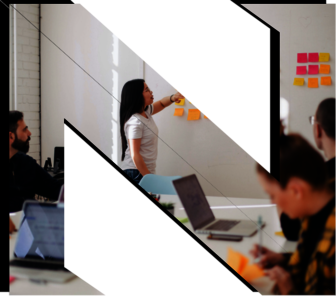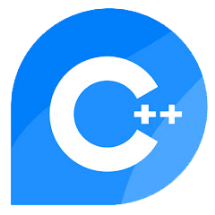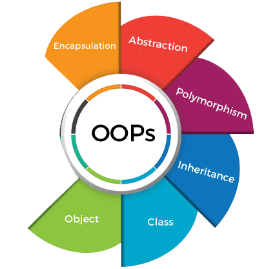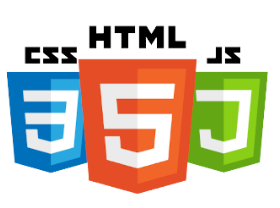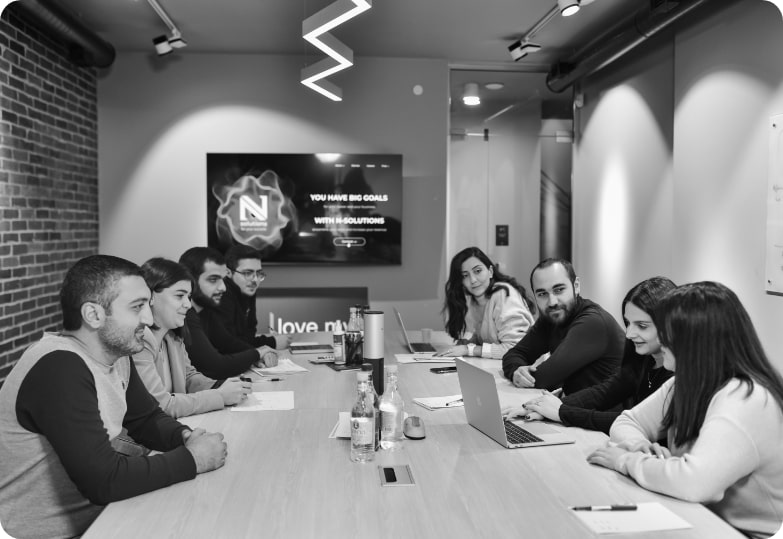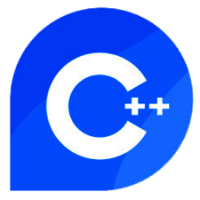1. Networking Basics: Understanding the fundamental concepts of networking, including protocols, data transmission, and the OSI (Open Systems Interconnection) model.
2. Types of Networks: Exploring different types of networks, such as LANs (Local Area Networks), WANs (Wide Area Networks), MANs (Metropolitan Area Networks), and the Internet.
3. Network Components: Learning about essential network components like routers, switches, hubs, and cables, and how they function within a network infrastructure.
4. IP Addressing: Understanding the role of IP addresses in identifying devices on a network, including IPv4 and IPv6 addressing schemes.
5. Network Topologies: Exploring various network topologies, including star, bus, ring, and mesh, and their applications.
6. Network Protocols: An introduction to key network protocols such as TCP/IP, HTTP, DNS, DHCP, and their roles in facilitating data communication.
7. Network Security: Basic concepts of network security, including firewalls, encryption, and common threats like malware and hacking.
8. Wireless Networking: An overview of wireless network technologies, including Wi-Fi and cellular networks.
9. Network Management: Techniques for monitoring and maintaining network performance, troubleshooting common issues, and optimizing network resources.


